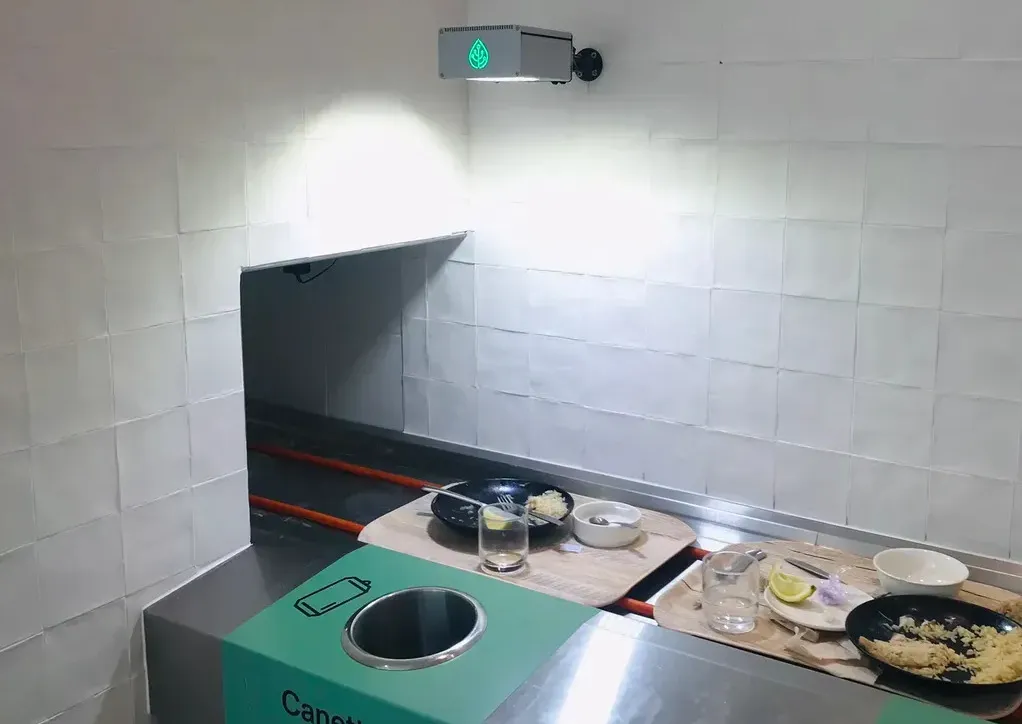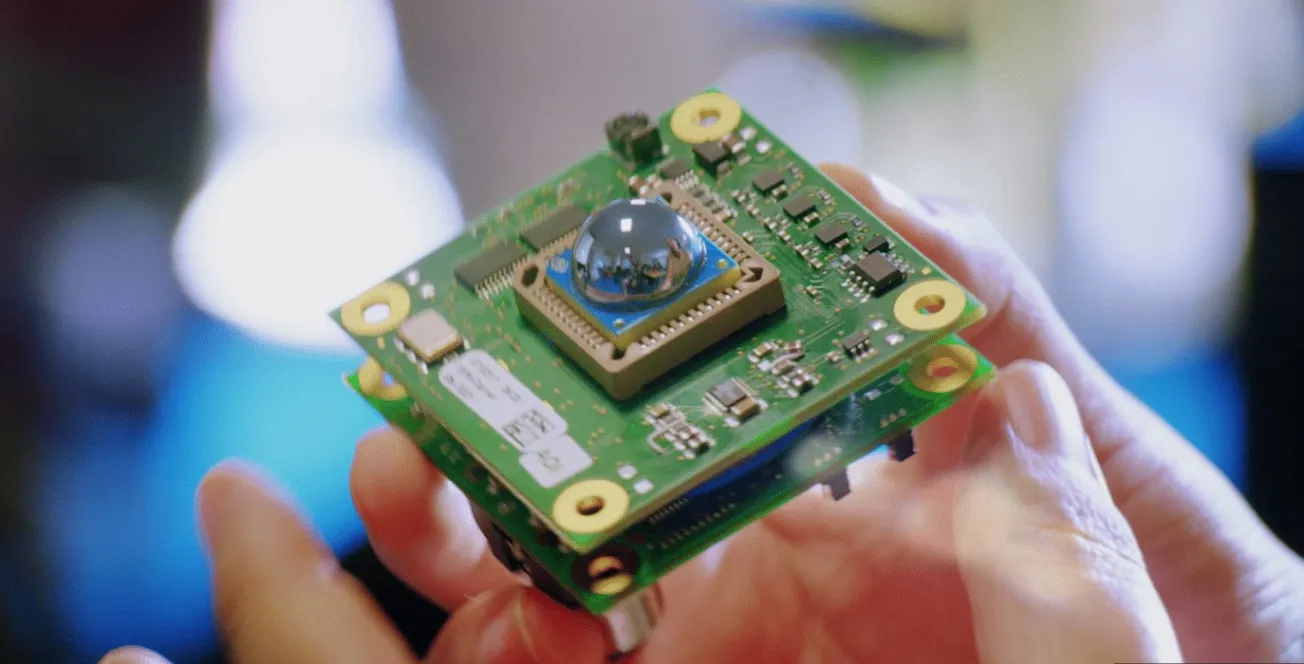VSORA: The French AI Chipmaker Taking on NVIDIA with High-Performance, Cost-Efficient AI Hardware
Backed by €40 million in funding, CEO Khaled Maalej believes the company is set to disrupt the AI hardware market with its Jotunn8 chip, leveraging a fabless model and advanced chiplet architecture to slash the cost of deploying large language models and generative AI at scale.

Latest
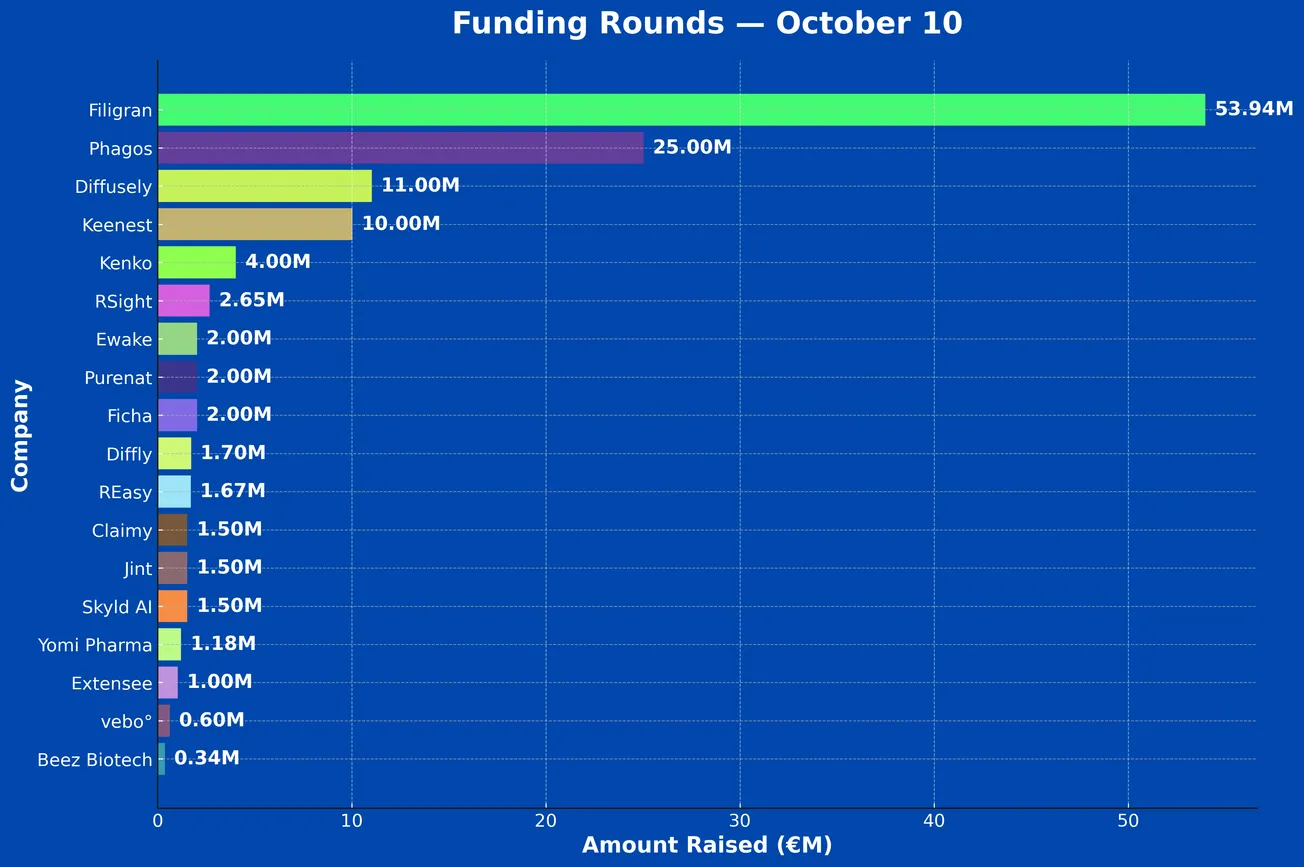
French Tech Funding Wire Oct 10: Filigran, Phagos, Diffusely & More!
Between Oct 6 and Oct 10 a total of 19 French Tech companies raised €123.6M including: Diffusely, Keenest, Kenko, RSight, Ewake, Purenat, Ficha, Diffly, Claimy, Jint, Skyld AI, Yomi Pharma, Extensee, vebo°, REasy, Beez Biotech, Biomunex Pharmaceuticals.
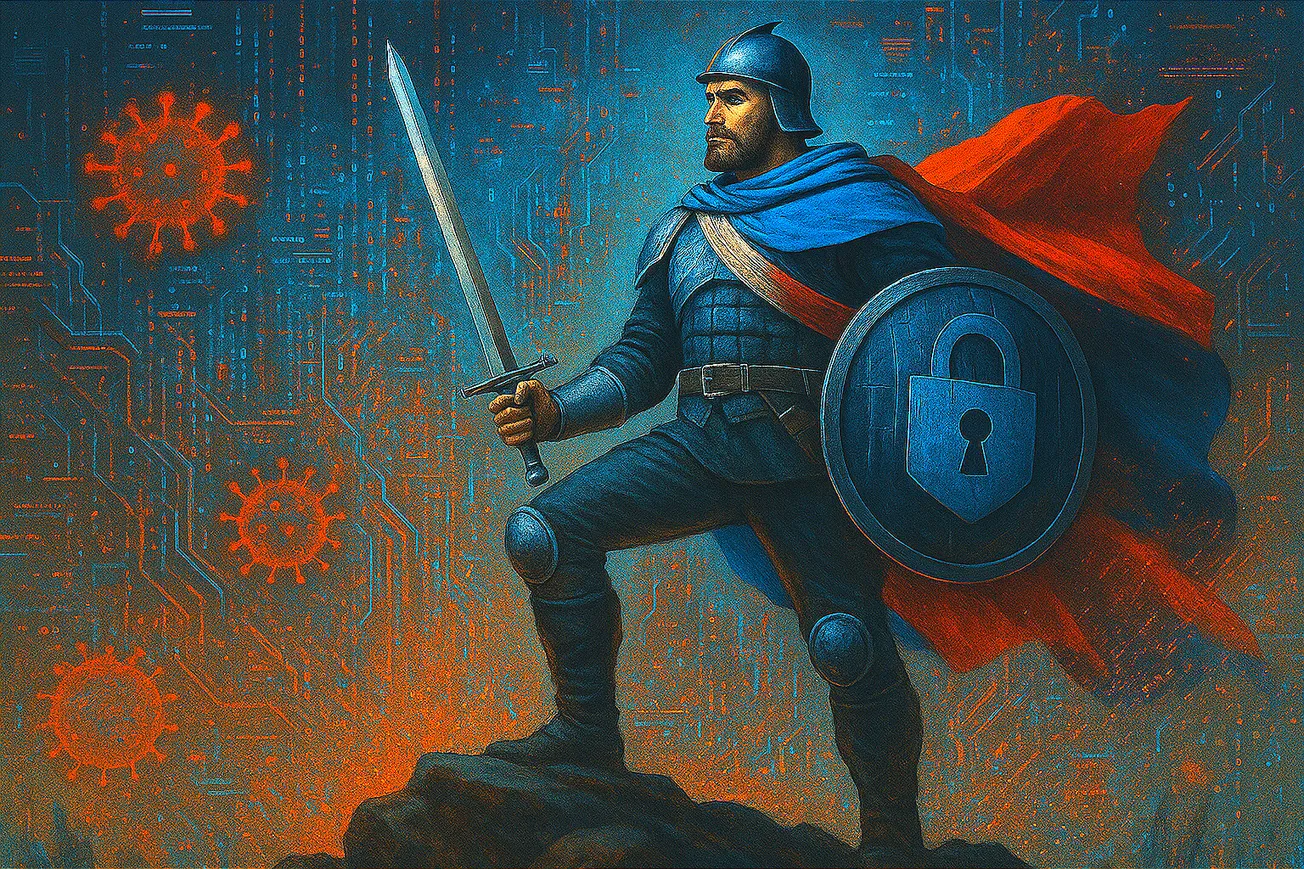
🛡️Special Edition: French Cybersecurity Takes Center Stage
France bets big on cybersecurity as global leaders gather in Monaco. Part 1 of our special edition maps the nation’s €1B cyber strategy—spanning government, defense, startups, and AI-driven innovation—while revealing a widening gap between policy promises and on-the-ground protection.
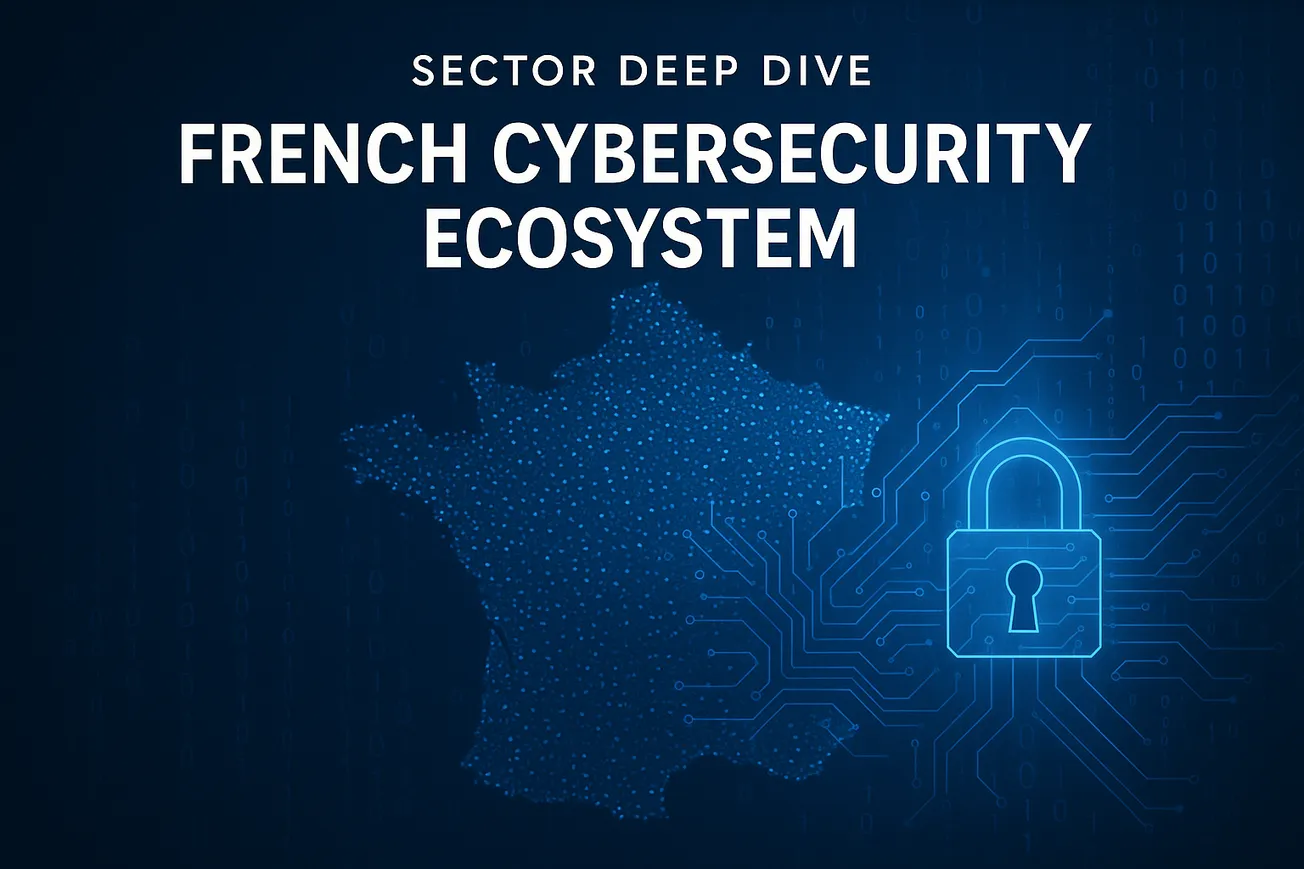
Sector Deep Dive: Inside France’s Ambitious Cybersecurity Sovereignty Strategy
France is betting over €1 billion to become a cybersecurity powerhouse. This in-depth Sector Deep Dive maps the nation’s integrated ecosystem—government, defense, ANSSI, startups, research, and corporate giants—driving its push for digital independence and global leadership.

French Companies Struggle with Cybersecurity Reality Check
A sweeping new study by Cybervadis and CESIN of 1,000 firms finds most have solid policies but weak proof. As Europe's cybersecurity regulation NIS2 expands oversight to thousands more companies, the gap between compliance on paper and verifiable protection is now a national competitiveness issue.


